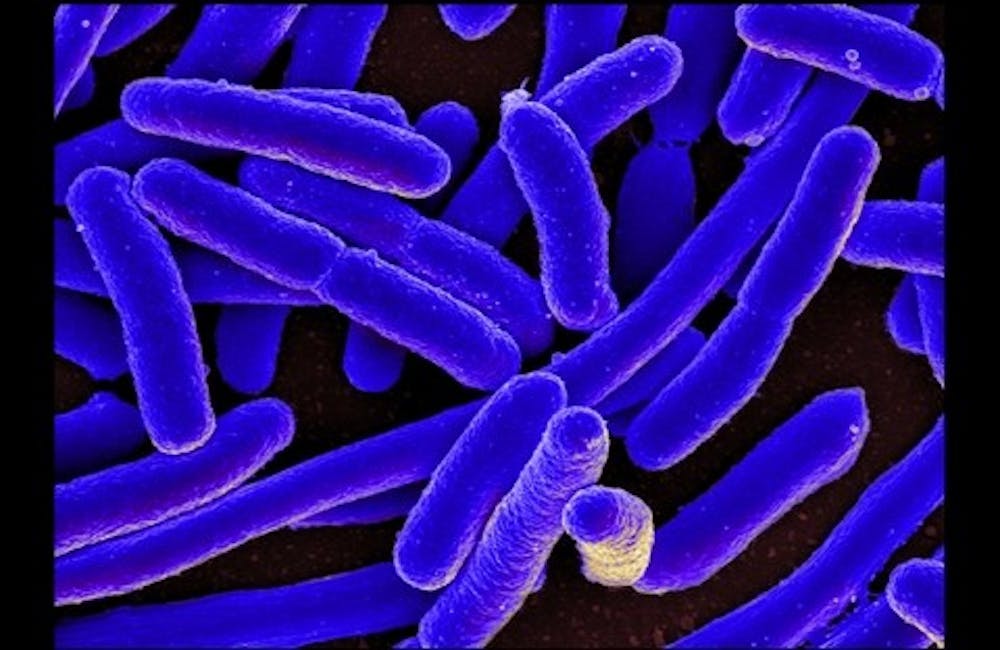Did you know that self-organizing bacteria can help build pressure sensors?
Led by Lingchong You, the Paul Ruffin Scarborough associate professor of engineering and Stefan Zauscher, the Sternberg Family professor of mechanical engineering and materials science, Duke researchers have developed bacteria using a synthetic gene circuit that can self-organize to aid in material fabrication. The bacteria could ultimately help create materials that heal themselves and respond to environmental changes.
You described the primary goal of the project so far as proof of concept, showing that bacteria could be manipulated to create devices.
“What we have demonstrated for the first time is that you can actually do this," You said. "It is not impossible. You can use engineered bacteria to form well defined 3D structures and then use that as a foundation to assemble something that can actually work."
The researchers altered E. coli bacteria with synthetic gene circuits to grow colonies in particular formations such as a ring or dome and release a protein that would attract nanoparticles and arrange them in the same formation. The bacteria served as a mold for the particles and allowed the team to create pressure sensors.
You said the bacteria-developed sensors were no match for the conventional sensors already in the market. However, he emphasized the significance of developing a working method for bacteria in material fabrication and said there is potential for further research.
“The bigger question we are trying to address is what even is possible. This is a relatively simple demonstration that you can engineer bacteria to make simple devices. One of the fantasies I have along this research direction is eliciting the bacteria at different locations. As the bacteria grow, they will assemble different types of structural materials. Eventually, after some time, you will end up getting a functional circuit board, entirely grown by bacteria. But whether that is even possible, we don’t know yet.”
The researchers are interested in creating synthetic gene circuits that encode more complex patterns but are wary since such patterns require more computation and cannot be as easily encoded.
“Every human being is like a sophisticated 3D pattern. We didn’t grow into a mold. We become this pattern through growth and self-organization. But as bioengineers, our ability to control the cell, to generate mega-genetic programs, to instruct the cells to form well defined patterns is incredibly limited.”
The method’s success also lies in the fact that bacteria were used as the medium. In theory, this genetic modification could be extended to any other programmable organism, but it would be much harder to predict how well it would work. Few organisms have been studied as extensively as E. coli.
Get The Chronicle straight to your inbox
Signup for our weekly newsletter. Cancel at any time.

